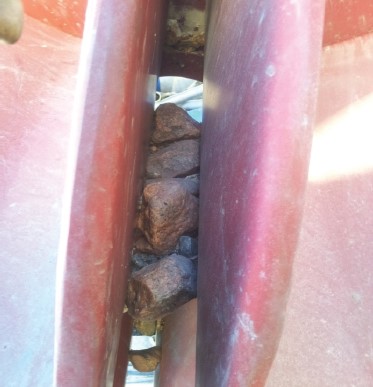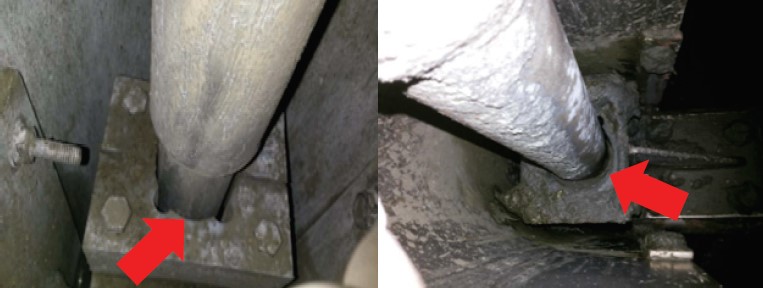In the past, maintenance was considered as a corrective action performed only when something breaks down. Today proactive maintenance is seen as a value adding process. The equipment must be as reliable as possible for the plant to achieve its production targets. The purpose of proactive maintenance is to prevent equipment breakdowns and increase availability and performance of the equipment at an optimal cost.
Flotation equipment inspections and metallurgical performance
The relation between regular maintenance and metallurgical performance in flotation machines has been proven to be true. An excellent way of ensuring that equipment is not contributing to any production loss is to undertake regular inspections of the mechanical and electrical components. These inspections should be conducted as frequently as practical, typically during every plant shutdown, and form a critical part of any site maintenance program.
Maintenance for flotation machines is often compromised because lack of resources and time to drain and clean the cells. On the other hand, flotation cell maintenance is not conducted in a timely manner because often site personnel are not sure what to look for when inspecting the equipment. Unless the problem is obvious, they are not sure at what point performance is negatively impacted.
Many items that need inspecting are detailed in OEM operating manuals. However, if there is any doubt, the manufacturer should be consulted, as they can advise on the required state and even provide training to ensure critical items are understood. The following article provide tips to what to look for during maintenance inspections while the flotation equipment is operating and during planned shutdowns when it is possible to take a closer look of the equipment.
Inspection while flotation cells are operational
A list of inspection items that can be observed while flotation cells are operational can be seen in the Table 1. Some of these checks and more specialized condition motoring exercises fall under the umbrella of the maintenance department. However, this should not deter anyone in the plant from reporting deviations they observe. Timely reporting of problems has prevented severe incidents on many occasions.


